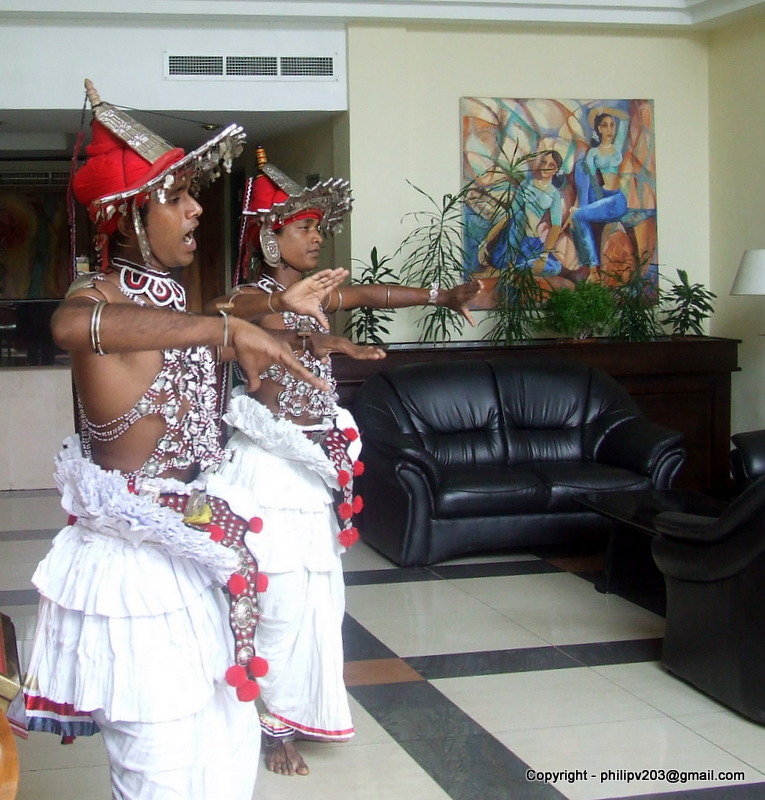 |
| Preparing a betel tray - cutting the arecanut |
In the villages in Sri Lanka the traditional offering of a 'betel' tray to a visitor to a house is still practised. The picture shows the contents of the tray. Running clockwise from top there are the following item:- Arecanut cutter - 'Giraya' S, 'Paakku vetty' T -, arecanut pieces, lime in a polythene satchet, a cluth of betel leaves and a twist of cured tobacco leaf all laid on a 'pankola thatiya' S, 'Olai ththatty' T. Out of these tobacco, lime and arecanut are implicated in the causation of cancer.




